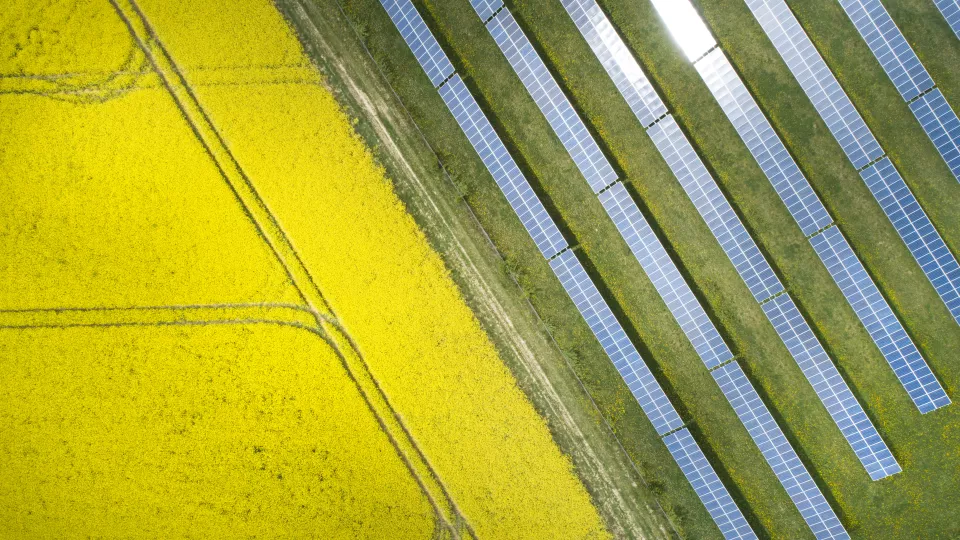Halting and reversing environmental degradation is a priority in both the European Union and the United States. This requires an understanding of the economic factors that may influence the environment. One such potential factor is economic inequality. However, there is no consensus on the exact nature of this relationship. Some theories suggest that the political power of different societal groups plays a role. These theories propose that poorer households (those with less wealth or income) are more adversely affected by environmental degradation and receive fewer economic benefits. In contrast, wealthier households are less likely to suffer from negative environmental consequences, while they are more likely to gain economically.
As income inequality grows, so does the political influence of affluent households, which often leads to weaker environmental regulations. Other theories argue that wealthier households are more concerned about the environment than less affluent ones, resulting in more stringent environmental laws as inequality increases. There are also theories focusing on differences in consumption patterns between households, suggesting that the carbon content of various income groups consumption baskets may vary. Which income or wealth group that has the highest relative carbon content remains a disputed issue.
Empirical studies provide mixed results. This is potentially due to the association between economic inequality and the environment varying over time. Before the acceleration of industrialization in developed economies during the 1970s and 1980s, the economic cost of environmental degradation was potentially higher for high-income earners compared to the period after, when economic growth shifted towards the service sector, which has a relatively smaller direct environmental impact. This shift may have resulted in high-income earners moving from opposing to supporting environmental regulations. Regarding consumption, the initial basket of low-income earners primarily consisted of food, clothing, and shelter—three carbon-intensive items. Over time, as incomes increased, this shifted more towards services, which have a smaller environmental impact.
Using data on the ecological footprint, we estimate a model that accounts for time-varying relationships between economic inequality and the environment across four countries (France, the Netherlands, the United Kingdom, and the United States) from 1962 to 2021. The results indicate that the correlation between the ecological footprint and inequality is generally weak. However, in the United States, there is a strong correlation between income inequality and the carbon footprint, a sub-component of the ecological footprint. This correlation shifts from negative to positive over the sample period, likely due to changes in the relative carbon content of the consumption baskets of high versus low-income earners. A major change in consumption during this time is the increase in low-carbon service consumption among low- and middle-income households. The weaker relationship observed in the other countries can possibly be attributed to varying energy policies that have reduced fossil fuel dependency in their electricity generation. We find no evidence supporting the theory that higher income groups in general use their political influence to lobby for less restrictive environmental laws.
Overall, our research suggests that reducing economic inequality may play a modest role in lessening the environmental impact, though the extent of this effect is limited. To effectively halt and reverse environmental degradation, a different set of policy measures will be necessary.
Andersson, F N G (2024). Economic inequality and the ecological footprint:
Time-varying estimates for four developed economies, 1962–2021. Ecological Economics 220, June 2024, 108185.


